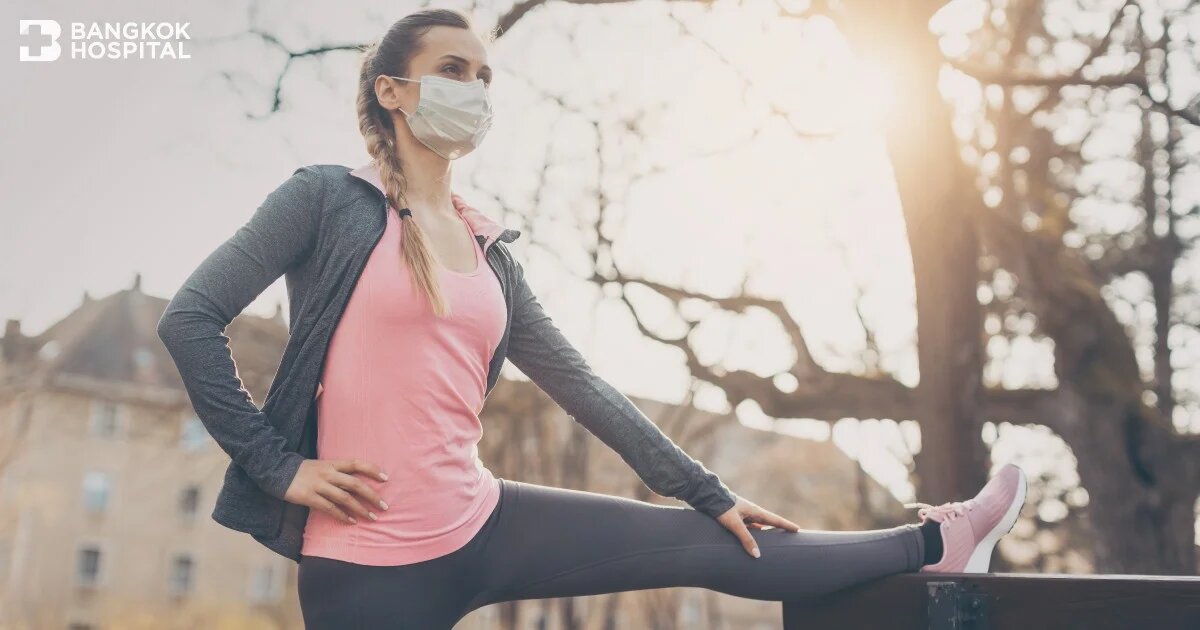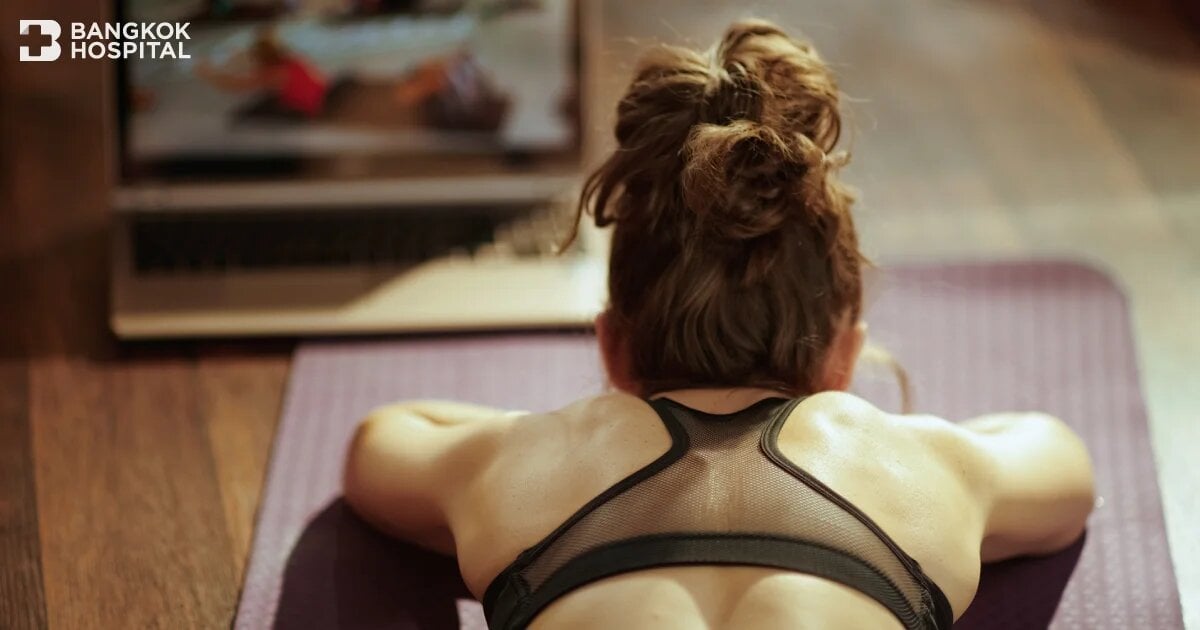8 Tips For Safe Outdoor Workouts During The COVID-19 Pandemic
Given the current circumstances of the COVID-19 crisis, all preventive measures and disease control policies for disease containment remain crucial as the first priority. However, staying active and fit for people of all ages and abilities is also vital to lower the risk of infections. Under the current lockdowns, people have been restricted in their activities. Sedentary behavior and physical inactivity can cause profound negative effects on the health and well-being as well as quality of life of individuals. Restrictions can also induce additional stress that challenges people’s mental health. Although there are certain limitations of exercise during lockdowns, outdoor workouts can be safely conducted while keeping social distancing and taking other appropriate precautions. Following these 8 tips for outdoor exercise can largely help to stay physically active and reduce the general risk of COVID-19 transmission.
1. Congested areas must be avoided. Exercise in isolation areas with social distancing, at least 2 meters away from each other, is highly recommended. Especially outdoor exercise, social distancing must be strictly complied with since droplets contaminated with viruses from infected people when sneezing or coughing might spread further due to speed and wind velocity.
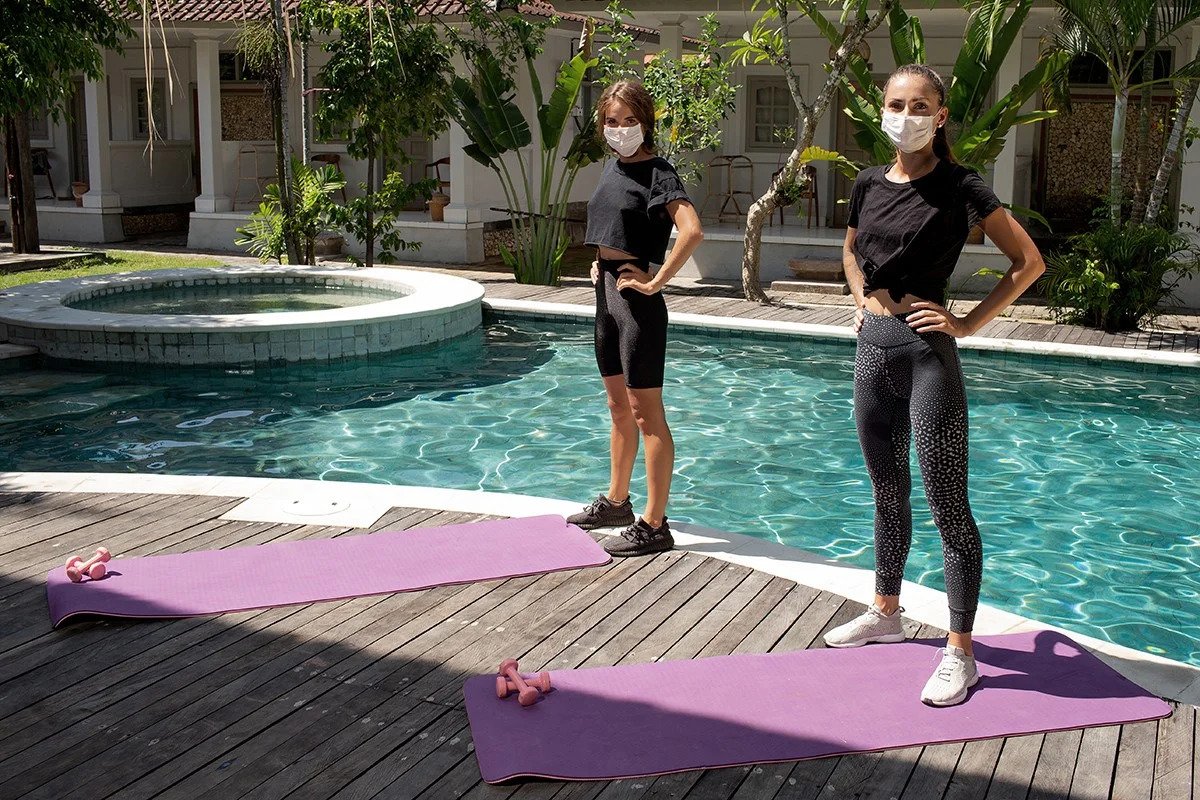
2. Making conversation while conducting exercise or participating in a group exercise class should be avoided. Since saliva or nasal discharge can be contaminated with viral droplets, therefore spitting or blowing a nose during exercise is strictly prohibited.
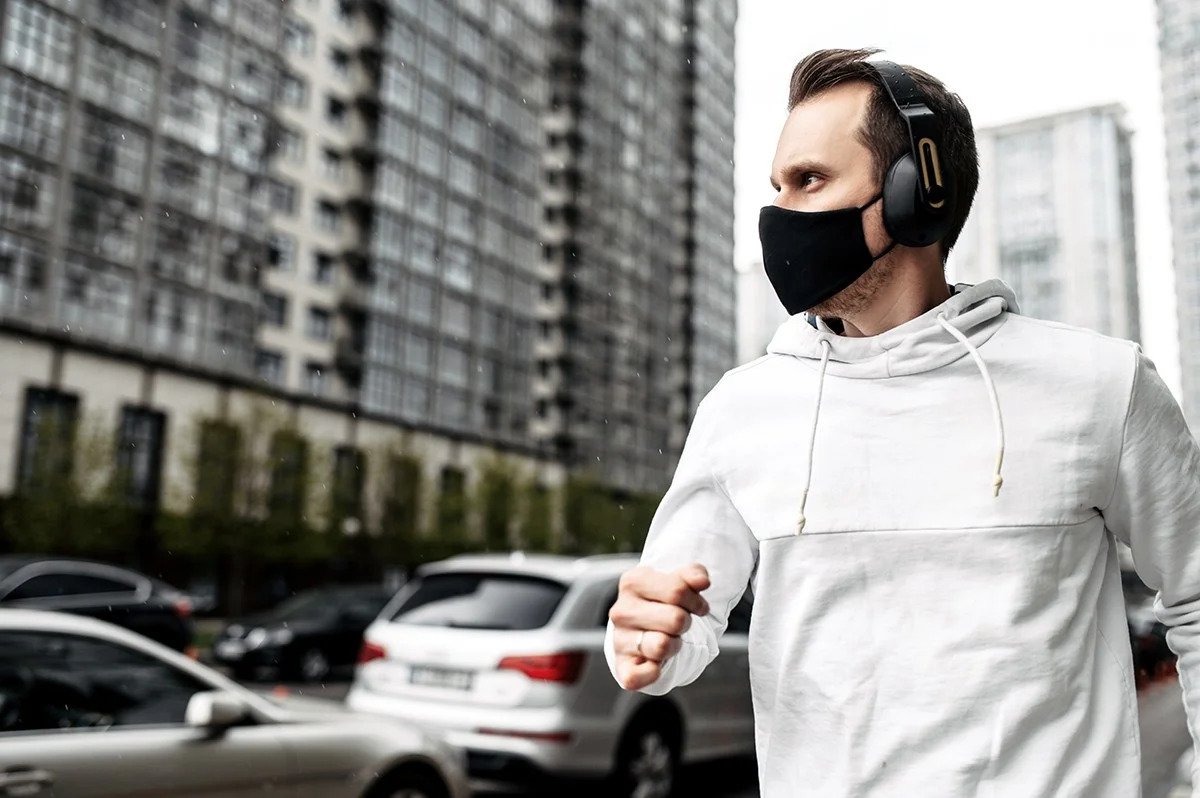
3. If abnormal sign or symptom exhibits, such as fever, cough, runny nose and fatigue, refraining from outdoor exercise and taking a sufficient rest are suggested. If symptom persists, medical assistance must be sought immediately.
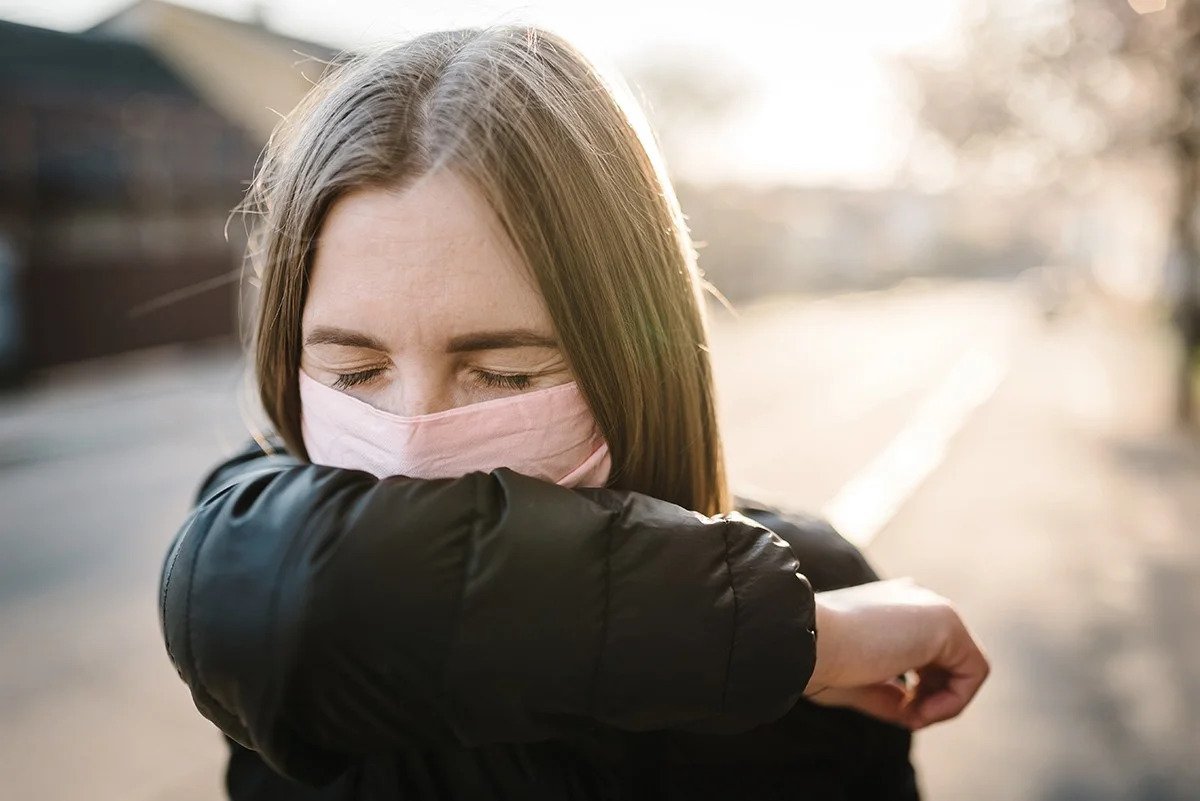
4. Face mask, either cloth mask or surgical mask should be worn regularly while going out in public before having exercise.
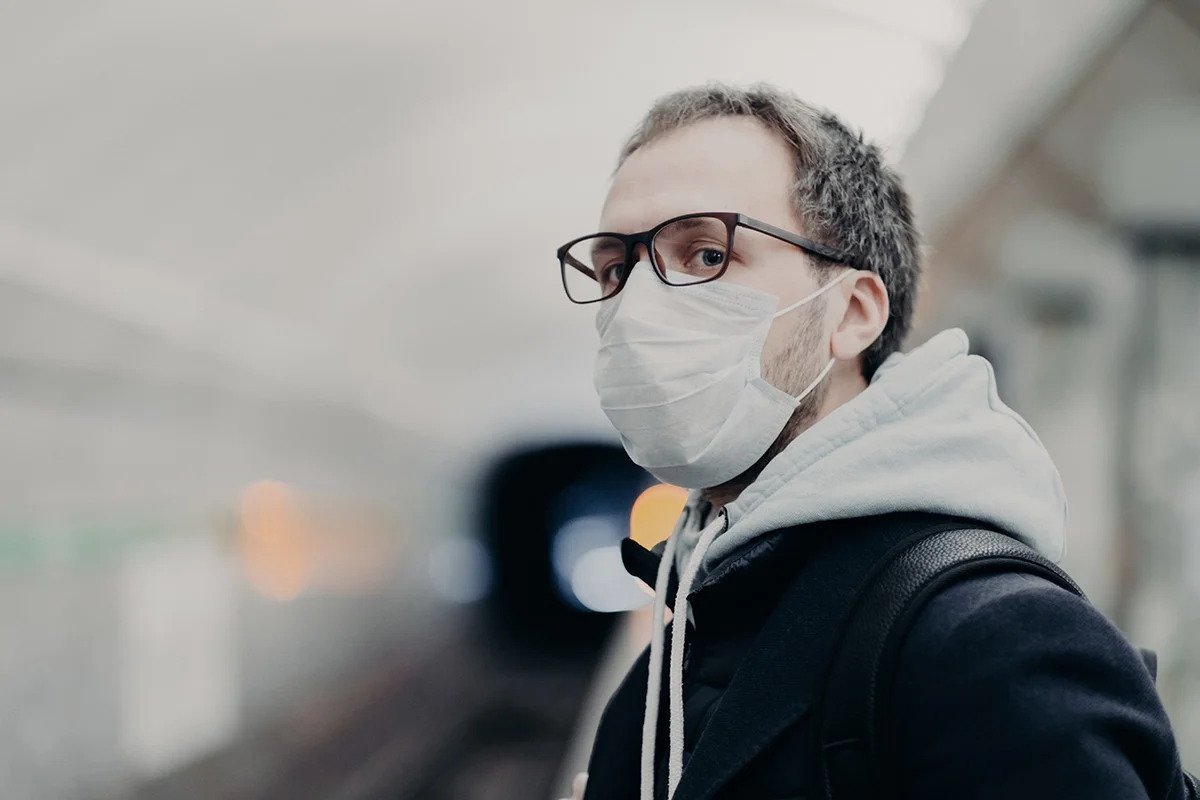
5. During exercise, self-observation to monitor any physical abnormalities is needed. Since vigorous exercise might suppress certain aspects of immune function, therefore only moderate-intensity activity is preferred. While exercising, wearing mask may limit ventilation and impair oxygen levels, causing breathing difficulties, thus type of mask should be selected appropriately.
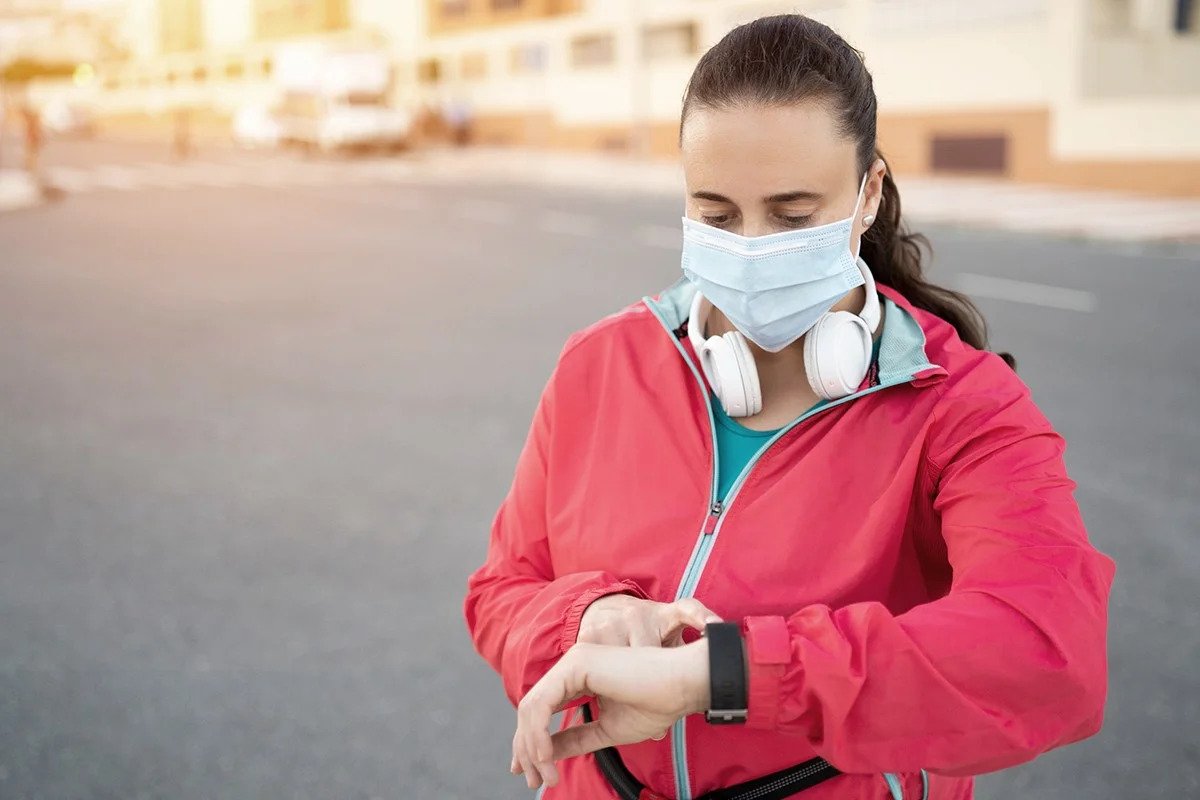
6. If exercise is conducted in isolation areas, wearing face mask might not be necessary, especially in non-athletic person, the elderly or patients with underlying medical conditions.
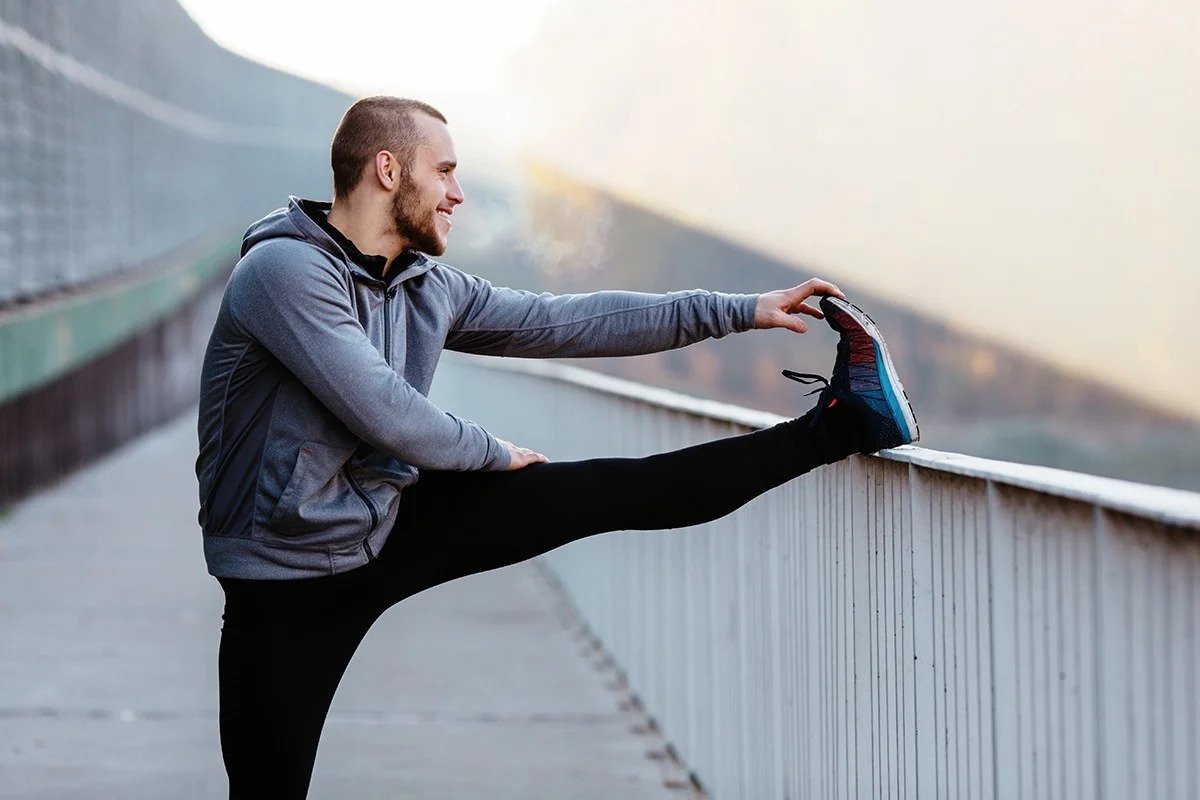
7. If wearing face mask is not applicable, wearing a face covering might be considered. A cloth face covering should fully cover the mouth and nose while allowing comfortable breathing. It can be as simple as a scarf or bandana that ties behind the head. Even though a cloth face covering can reduce the droplet dispersion in case of sneezing or coughing, its effectiveness in filtering tiny particles or droplets is considerably limited, compared to surgical mask. In addition, wearing a face covering at all times can also impair ventilation and induce breathing problems.

8. Besides social practice, other preventive measures and hygienic recommendations must be followed e.g. maintaining good personal hygiene, frequent handwashing and avoiding touching the mouth, eyes, nose and face.

The impacts of the COVID-19 pandemic have rapidly and abruptly caused massive changes to people’s daily lives. The transitional phase towards ‘a new normal’ has approached. Staying active and fit can substantially help to minimize the risks of infections. Not only to boost immune function to act against viruses more effectively, but regular physical activity also helps ease muscle functions and reduce risks of developing chronic diseases as well as relieve mental tension, improving overall mental health.
